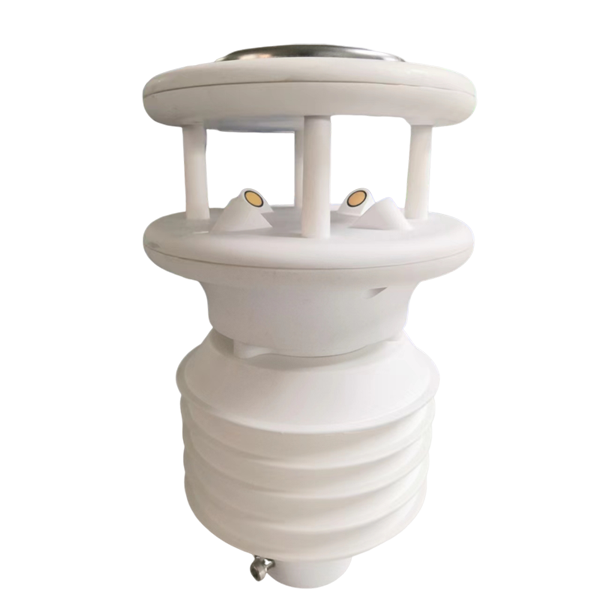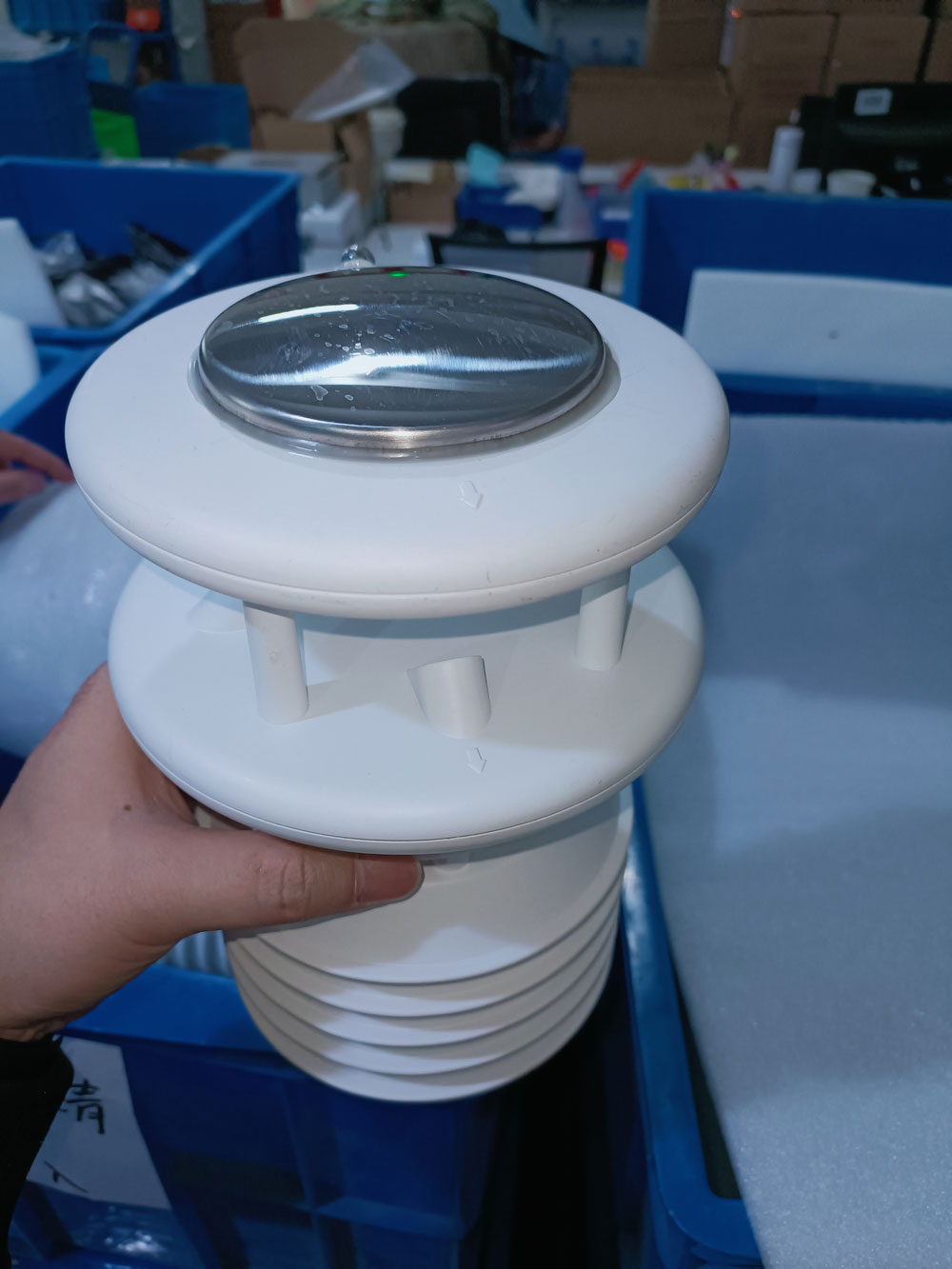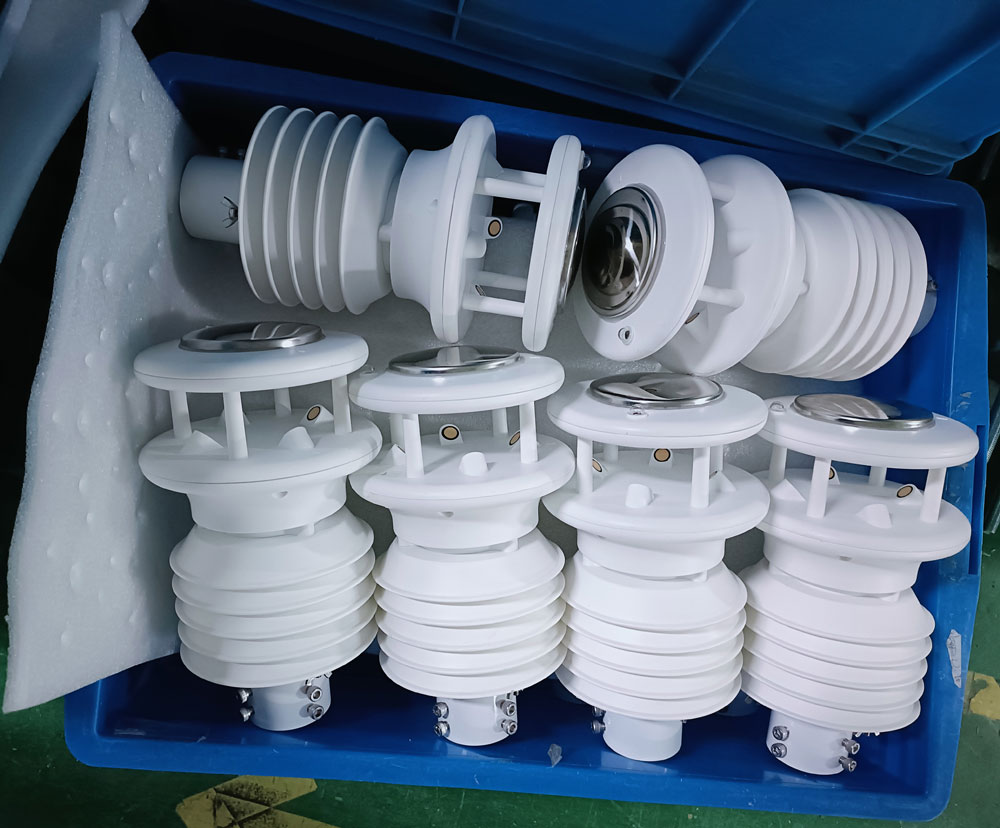

— Blogs —
—Products—
 Consumer hotline +8618073152920
Consumer hotline +8618073152920 WhatsApp:+8615367865107
Address:Room 102, District D, Houhu Industrial Park, Yuelu District, Changsha City, Hunan Province, China
Product knowledge
Time:2025-03-28 16:40:07 Popularity:157
Ultrasonic weather stations are advanced devices that use ultrasonic technology for meteorological monitoring. Due to their high precision, reliability, and versatility, they have gained widespread attention globally. Compared to traditional mechanical weather stations, ultrasonic weather stations not only offer higher measurement efficiency but also adapt to various complex environments. They provide essential support in fields such as weather forecasting, agriculture, urban planning, and aviation safety. This article will delve into the working principles, features, and application value of ultrasonic weather stations in different scenarios.
The core technology of ultrasonic weather stations is based on the propagation characteristics of ultrasonic waves in air. They achieve precise monitoring of meteorological elements like wind speed and wind direction through non-contact measurement. The process of operation can be divided into the following steps:
The device includes multiple ultrasonic probes, typically arranged in pairs. Each probe can emit ultrasonic pulses and also receive the reflected signals. As these pulses travel through the air, they are affected by the wind, causing changes in their characteristics.
When the wind blows past the probe, it alters the speed at which the ultrasonic waves travel. If the wind direction is aligned with the ultrasonic wave's propagation, the travel time shortens; if the direction is opposite, the time lengthens. By precisely measuring the time differences in various directions, the instrument uses algorithms to calculate the wind speed, with accuracy reaching ±0.3 m/s.
To measure wind direction, ultrasonic weather stations employ multiple probes (typically 2 to 4, arranged at specific angles). By comparing the differences in signal propagation times between the probes and using signal processing techniques, the device can accurately determine the wind's source direction, with a resolution of up to 1°.
Some models can also measure temperature, humidity, air pressure, and other parameters by analyzing the characteristics of the ultrasonic signals or integrating additional sensors, further expanding the functionality of the station.
This sound wave-based measurement method avoids mechanical components, eliminating errors caused by wear or ice formation, ensuring long-term stability.
 |  |  |  |  |
| Ultrasonic Snow Depth Sensor | All-in-One Ultrasonic Weather Station | 5 in1 Ultrasonic Weather Station Sensor | 6 in1 Ultrasonic Weather Station Sensor | 7 in1 Ultrasonic Weather Station Sensor |
Ultrasonic weather stations have the following notable advantages due to their unique design:
The advanced ultrasonic technology ensures high-precision data measurements, maintaining consistency even under light wind or strong gust conditions. This reliability makes it the preferred choice for professional applications requiring high-quality data.
Unlike mechanical anemometers, ultrasonic weather stations do not have rotating or moving parts, preventing performance degradation due to friction or environmental factors (e.g., dust or freezing). Their robust design significantly extends their operational life.
The device can instantly capture changes in wind speed and direction and transmit the data to the cloud via wireless networks (such as 4G or Wi-Fi), allowing users to access it anytime and anywhere. This rapid feedback capability is especially crucial in time-sensitive scenarios.
Due to the lack of moving parts, ultrasonic weather stations require almost no regular maintenance. Their compact, integrated design also simplifies installation, reducing deployment costs.
Many ultrasonic weather stations are equipped with functions to measure multiple parameters, such as temperature, humidity, and air pressure, and support various output interfaces (e.g., RS485, 4-20mA), making integration with different systems easier.
All sensors are integrated into a single unit, making the system easy to transport and install.
The stations can simultaneously measure wind speed, wind direction, temperature, humidity, and air pressure, catering to a variety of needs.
Suitable for deployment in a wide range of environments, from farmland to city rooftops, with flexible installation options. This integrated design is especially favored in small farms, urban monitoring stations, and mobile research projects.

Ultrasonic weather stations have a wide range of applications, from agriculture to aviation to urban management, and have demonstrated unique value across industries:
In farmland, ultrasonic weather stations monitor microclimatic conditions (e.g., wind speed, humidity, and temperature) in real time, helping farmers optimize irrigation, fertilization, and pesticide application. For instance, wind speed data can prevent pesticides from drifting, ensuring precise application and improving crop yield and quality.
Urban planners use ultrasonic weather stations to assess wind environments and optimize building layouts and ventilation designs. For example, in cities with dense skyscrapers, monitoring wind speed and direction can reduce "wind tunnel effects" and create more livable environments. Additionally, they support air quality monitoring by analyzing pollutant dispersion.
At airports, ultrasonic weather stations provide real-time wind condition data for aircraft takeoff and landing. Their rapid response and high precision ensure the accuracy of runway wind speed data, assisting pilots and air traffic controllers in making safety decisions.
In marine environments, these devices can withstand salty mist and humid conditions, monitoring wind speed and direction on the sea surface. The data provides critical information for ship navigation, ocean climate studies, and offshore wind power projects.
At highway intersections, bridges, and other transport hubs, ultrasonic weather stations monitor crosswinds and sudden weather changes, helping authorities adjust speed limits or close sections of roads to enhance driving safety.
Long-term meteorological data provides valuable resources for climate change research. For example, analyzing wind speed trends can reveal regional climate patterns, offering scientific support for environmental protection and policy-making.

Ultrasonic weather stations, with their non-contact measurement, high precision, and multi-functionality, are becoming leading tools in modern meteorological monitoring. From farmland to airports, cities to oceans, they provide reliable meteorological data support across various industries, driving safety management, production optimization, and scientific research. Compared to traditional equipment, their zero-wear design and real-time transmission capabilities not only improve efficiency but also reduce long-term costs. As technology continues to evolve, ultrasonic weather stations will continue to lead innovations in weather observation, providing smarter and more accurate solutions for users worldwide.
All-in-One-Ultrasonic-Weather-Sensor-Instruction-Manual.pdf
NBL-W-61MUWS-Ultrasonic-Weather-Station-Instruction-Manual.pdf
Prev:Ultrasonic Anemometer: Technical Analysis and Applications in Various Industries
Next:Automatic weather stations: applications in parks and Tourist Attractions
Related recommendations
Sensors & Weather Stations Catalog
Agriculture Sensors and Weather Stations Catalog-NiuBoL.pdf
Weather Stations Catalog-NiuBoL.pdf
Related products
 Combined air temperature and relative humidity sensor
Combined air temperature and relative humidity sensor Soil Moisture Temperature sensor for irrigation
Soil Moisture Temperature sensor for irrigation Soil pH sensor RS485 soil Testing instrument soil ph meter for agriculture
Soil pH sensor RS485 soil Testing instrument soil ph meter for agriculture Wind Speed sensor Output Modbus/RS485/Analog/0-5V/4-20mA
Wind Speed sensor Output Modbus/RS485/Analog/0-5V/4-20mA Tipping bucket rain gauge for weather monitoring auto rainfall sensor RS485/Outdoor/stainless steel
Tipping bucket rain gauge for weather monitoring auto rainfall sensor RS485/Outdoor/stainless steel Pyranometer Solar Radiation Sensor 4-20mA/RS485
Pyranometer Solar Radiation Sensor 4-20mA/RS485
Screenshot, WhatsApp to identify the QR code
WhatsApp number:+8615367865107
(Click on WhatsApp to copy and add friends)